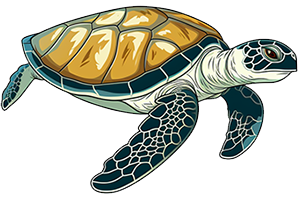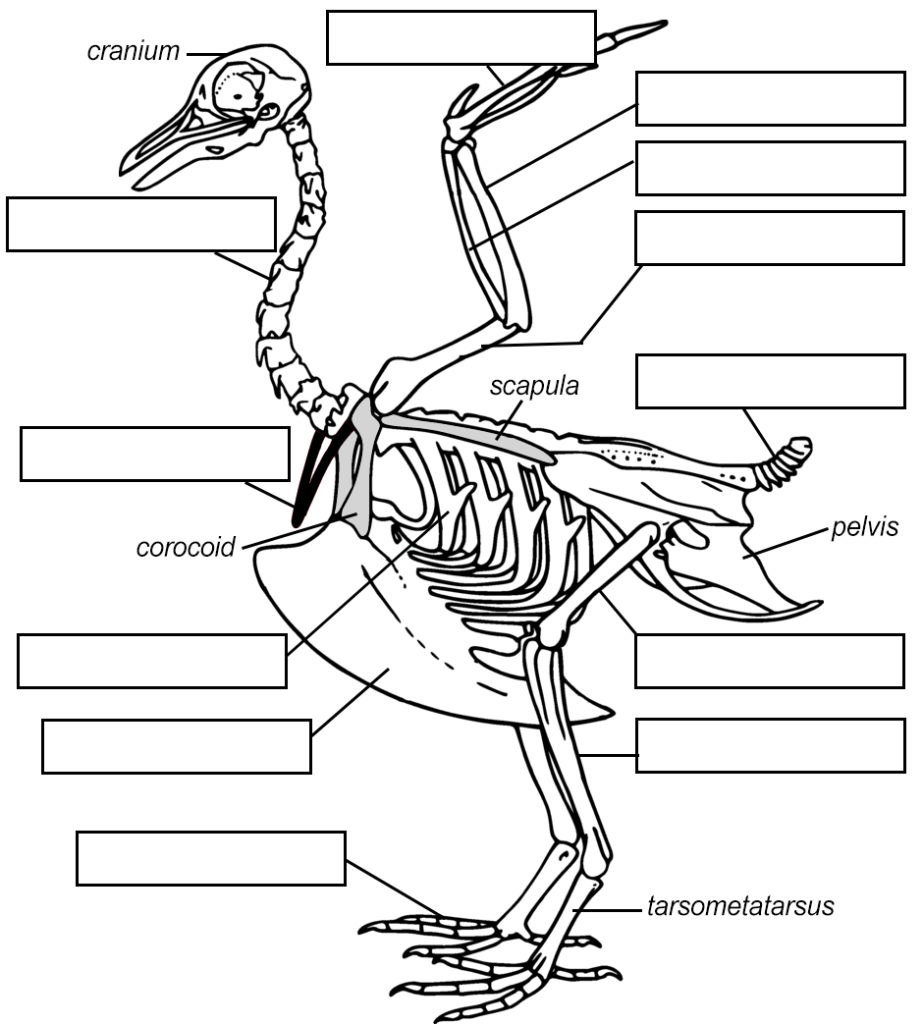Comparative anatomy is included in most basic biology courses. Students learn the digestive system as they dissect a frog or view models. They learn the skeletal system from human skeleton models in the room. I try to integrate these lessons with larger units exploring different animal groups. The bird skeleton is a great way to learn about the bones and homologous structures.
This simple worksheet shows the bird skeleton next to the human skeleton. Students label the bones and compare the bones to the human skeleton. Word bank is included to simplify the activity.
A bird skeleton is a unique structure that is adapted for flight. The skeleton contains the same bones as other vertebrates, but many are adapted for flight. For example, the sternum of a bird is large and shaped like a boat. This design gives the bird stability during flight and provides a large surface for flight muscle attachment.
Some of the bones are fused together, another modification for flight. The tibia and fibula are joined as the tibiofibular bone in birds.
Other Worksheets on Bird (and Human) Skeletons
Color the Bones of the Bird and Human
Comparing a Human and Avian Skeleton (Google Slide Activity)


